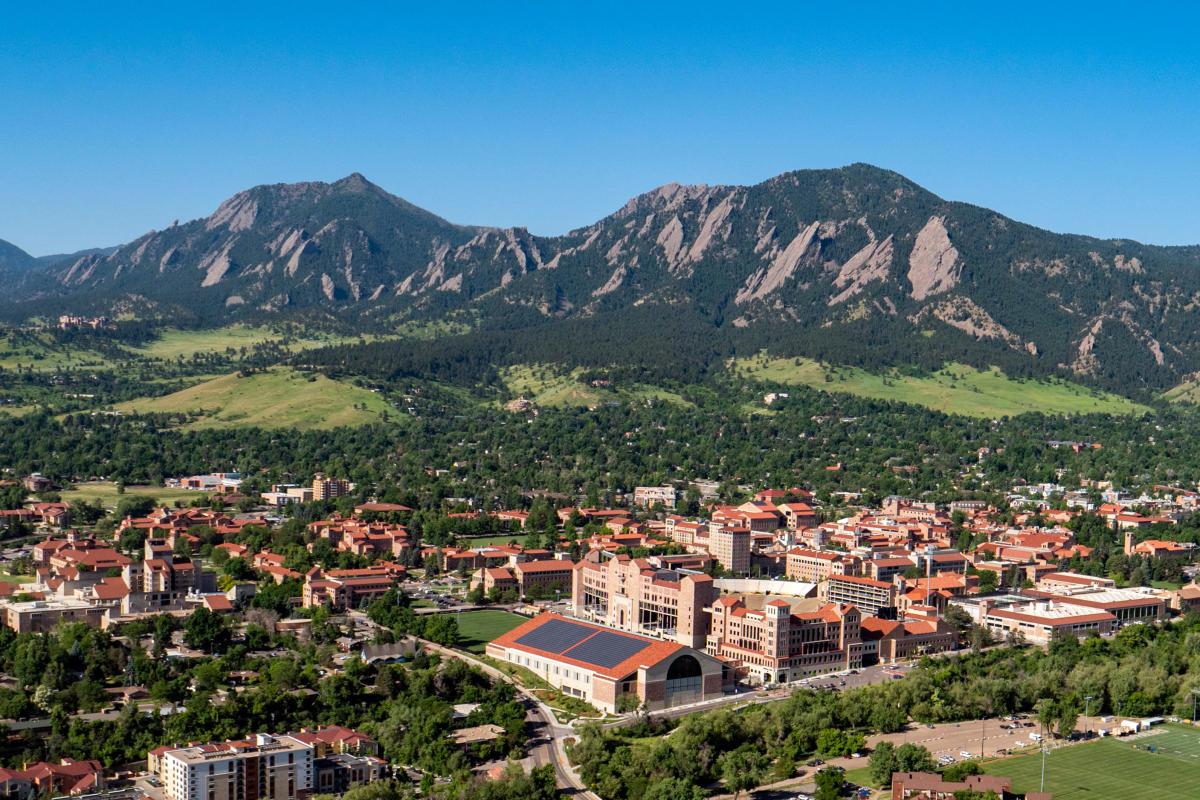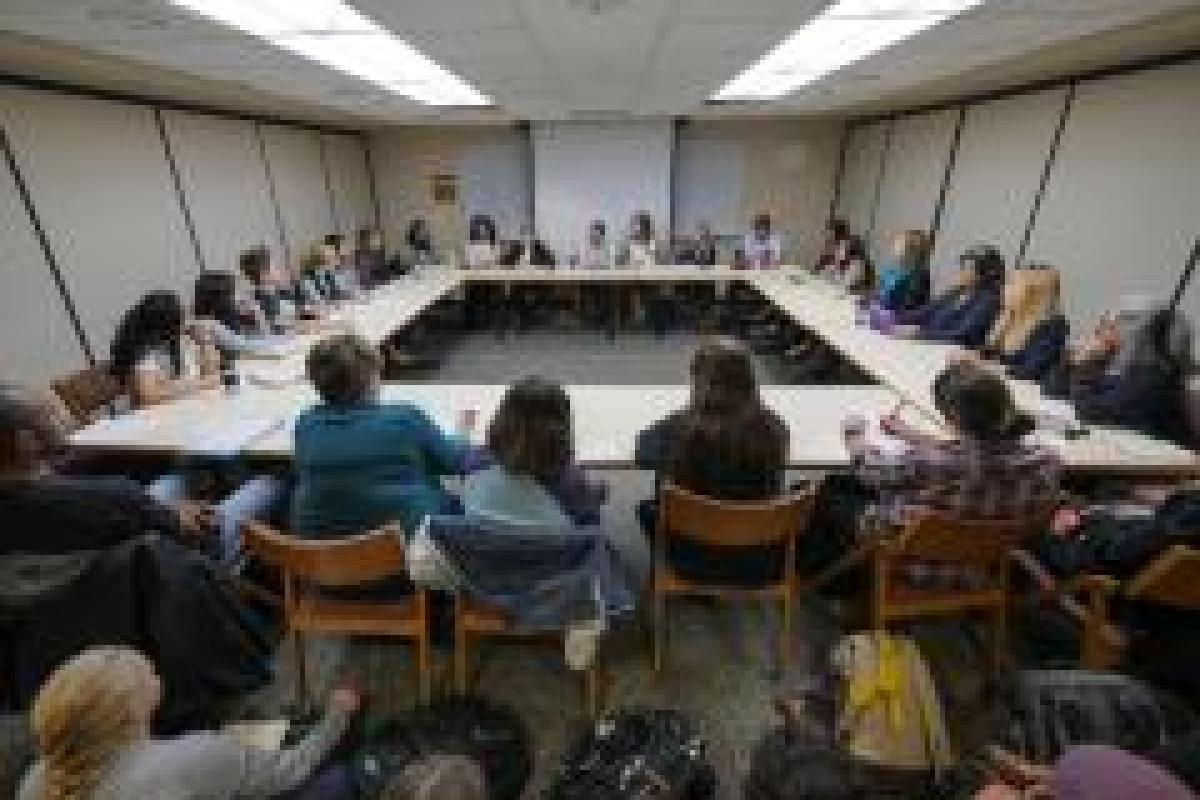Step 5: Conducting Interviews Inclusively
The purpose of this step is to outline best practices for conducting equitable and inclusive interviews.
It is important to note that Step 4 (Equitably Evaluating Candidates) and Step 5 (Conducting Interviews inclusively) overlap in the broader faculty-search process. Members of the hiring committee and other program affiliates who weigh in on faculty-hiring decisions should review Step 4 when assessing candidates after both stages in the interview process.
In other words, to optimally utilize the Environmental Studies Program's Step-by-Step Guide to Inclusive Faculty Hiring, it will be necessary to pan back and forth between Step 4 and Step 5. After all, each stage in the interview phase of the faculty-search process will require strong skills in inclusive and equitable evaluation.
Legal and Illegal Interview Questions
Members of the hiring committee must ensure that interview questions are legally compliant (see Lawful vs. Unlawful Questions, located in CU Boulder's Faculty Search Process Manual).
Simply adhering to legal requirements will not, however, result in an inclusive and equitable interview process.
Demonstrating a Commitment to Diversity
Nervous interviewees often encounter the following advice:
"Keep in mind that they [the interviewers] are not only interviewing you. You are also interviewing them."
This remark is, in fact, immensely true. The interview gives the hiring committee a valuable opportunity to demonstrate the unit's strengths and to ensure that the candidate to whom it ultimately makes a job offer will choose this position and not another.
The interview is an opportunity for the hiring committee to show candidates that it is genuinely committed to faculty diversification. This means that in creating interview questions, the hiring committee must demonstrate its literacy on issues of social justice and structural inequity. As Ölzem Sensoy and Robin DiAngelo articulate in their essay "'We Are All for Diversity, but...': How Faculty Hiring Committees Reproduce Whiteness and Practical Suggestions for How They Can Change" (see Must-Read Articles on Faculty Diversification), it is all too easy for hiring committees to fall into the trap of including a single, overly simplistic "diversity" question in the interview. Strong candidates, versed in issues of structural inequity, will recognize the performativity—and ultimately the emptiness—of this gesture.
And when used in this way, the "token" diversity question does not enable the hiring committee to accurately assess candidates' knowledge of and action relating to issues of structural inequity.
As Sensoy and DiAngelo demonstrate, the values of inclusivity and equitability can be integrated into interview questions that might not, at first glance, appear to relate to diversity. Hiring authorities should read "'We Are All for Diversity, but...'" and consider how they might implement, adjust, and build upon the specific interview questions the authors recommend.
Accessibility and the Interview
In cultivating an inclusive and equitable interview environment, the hiring committee should consider the following:
- How might the principles of universal design ensure a fair and welcoming interview environment for all candidates?
- How do traditional interview strategies/questions exclude and alienate candidates who identify and/or are profiled as BIPOC?
- How do traditional interview strategies/questions disproportionately benefit candidates with certain cognitive profiles—neurological attributes that while potentially beneficial, may not necessarily translate to a higher aptitude for career success (e.g. people who process information quickly and/or have "encyclopedic memories")?
- How does the traditional interview setting/culture facilitate success for candidates who are members of overrepresented social categories, while excluding candidates who are members of underrepresented social categories?
Predominantly white spaces in which whiteness is unmarked—treated as normative—may exclude and/or alienate BIPOC interviewees (for more on marking whiteness and other expressions of structural privilege, see Step 6).
A noisy environment may be exceptionally distracting to candidates with neurological difference.
A committee that makes assumptions about candidates' gender affiliation, sexual orientation, etc. may exclude and/or alienate interviewees who identify as LGBTQIA+.
These are just a few examples of the many ways the setting/culture of the interview environment can undermine the evaluation process and alienate highly qualified candidates.
Hiring committees might also consider "blinding" interviews conducted on virtual platforms (e.g. turning off the video setting in virtual meeting rooms). This practice can be problematic because members of the hiring committee may still socially profile candidates based on their voices. If the hiring committee chooses not to categorically refrain from using video during virtual interviews, committee members should consider making video optional. But, if the committee provides candidates with this choice, it is imperative that evaluation criteria ensure that candidates who choose to participate in video interviews are not given preferential treatment.
For additional information on conducting equitable and inclusive interviews, please see Guidebook 4: Candidate Interviews, which is located in CU Boulder's Faculty Search Process Manual.
For more on the importance of conducting equitable and inclusive interviews, see these external resources.









